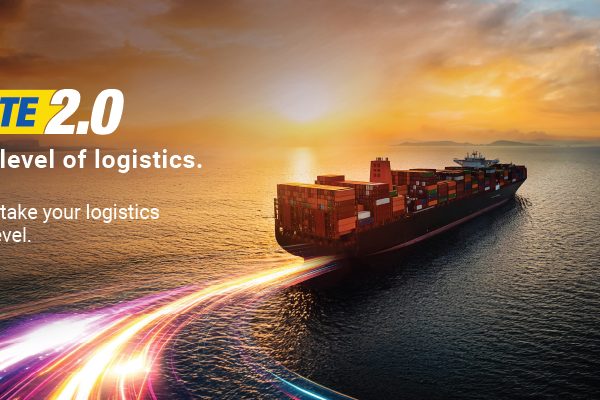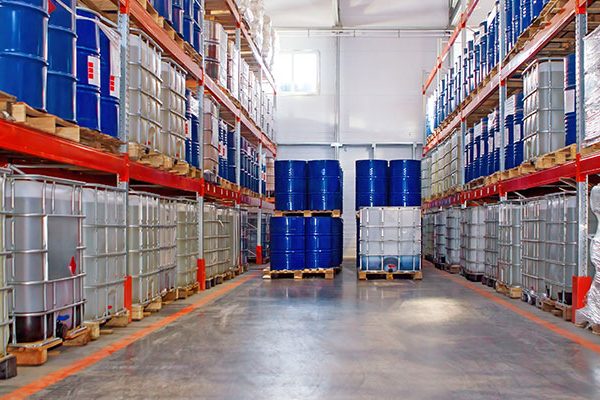The International Maritime Organization (IMO) has announced the implementation of a 0.5% sulphur cap for marine fuels, globally, from 1st January 2020. This plan forecasts a reduction of CO2 emissions per unit of transport work, the so-called carbon intensity, as an average across international shipping, of at least 40% by 2030 – at the same time, pursuing efforts towards a 70% reduction by 2050, compared to 2008. In addition, it also predicts a decrease of total annual Greenhouse Gas (GHG) emissions of at least 50% by 2050 compared to 2008. The shipping industry needs to make a costly commitment to a cleaner future. Goldman Sachs estimates that the overall impact on consumers in 2020 could be as much as USD 240 billion, of which USD 40 billion would come from increased shipping costs alone.
Despite the central role shipping plays in global trade (carrying nine-tenths of global trade in over 56,000 vessels), there is no denying that the industry is also a leading polluter. According to a recent estimate, if shipping were a country, it would be the sixth biggest in terms of emissions share. These ships use an estimated 2.1 billion barrels (88.2 billion gallons) annually, or 244 million gallons per day.
What’s more concerning is that it is growing fast, it could account for 17% of global emissions by 2050, if left unchecked. For too long, the shipping industry has gotten by making piecemeal changes. However, it is time for this sector to bite the bullet and adopt new fuel norms to prove it wants to make a positive change to the world’s environment.
One big step for shipping
The first big step will come when the industry adopts a more environmentally-friendly fuel standard. The International Maritime Organization (IMO) has announced the implementation of 0.5% sulphur cap for marine fuels, globally, from 1st January 2020. The last change, in 2015, mandated a sulphur cap of 0.1% for fuel consumed in Sulphur Emissions Control Areas (SECA) in Europe and the USA. After a protracted delay and many rounds of negotiations, this is a point of no return for the industry.
This plan forecasts a reduction of CO2 emissions per unit of transport work, the so-called carbon intensity, as an average across international shipping, of at least 40% by 2030 – at the same time, pursuing efforts towards a 70% reduction by 2050, compared to 2008. In addition, it also predicts a decrease of total annual Greenhouse Gas (GHG) emissions of at least 50% by 2050 compared to 2008, aiming to phase them out as soon as possible. These levels of ambition, meaning actually more than 80% reduction of GHG missions per ship for ships currently at sea, are consistent with the Paris Agreement temperature goals.
A switch in time
This will be a costly shift for the shipping industry. There are 56,000 ships larger than 500 gross tonnes trading today. Most of these will be affected by this. SECA standards required 300,000 barrels per day (bpd) of fuel production to shift from 1.0% to 0.1% sulphur. The 2020 change will require 13 times that volume—3.6 to 4.0 million bpd—to drop thrice as much sulphur. Less than two years from today, 75% of marine fuel consumed will have to change.
The Organisation for Economic Cooperation and Development (OECD) International Transport Forum estimates that the 2015 SECA sulphur reduction increased fuel costs for one sector—container shipping—by USD 500 million, or an average cost increase of 2.5%, a relatively small impact. But the OECD estimates the impact of the 2020 change as USD 5 to USD 30 billion on container shipping alone, or a cost increase of 20-85%, depending on fuel price changes and ship size and speed. Goldman Sachs estimates that the overall impact on consumers in 2020 could be as much as USD 240 billion, of which USD 40 billion would come from increased shipping costs alone.
Some of the costs of committing to a greener future will have to be passed down to customers. Some carriers have started adjusting their rates for the fourth quarter of 2019. Owing to the expected increase in carrier rates, freight tariff would need to be adjusted accordingly too.
To a cleaner, greener future
Even as we work out these modalities, we must stress our support for this shift to a more sustainable fuel—and future—for shipping. The main type of fuel used by ships is a derivative of a residue from crude oil distillation. Crude oil contains sulphur which, following combustion in the engine, ends up in ship emissions. Sulphur oxides are harmful to human health, causing respiratory illnesses. In the atmosphere these emissions can cause widespread damage, leading to acid rain, which can harm crops, forests and aquatic species, and contribute to the acidification of the oceans.
Ships burn over three million barrels a day of residual fuel oil, with a sulphur content that’s more than 1000 times that of petrol for road vehicles. The fuel also releases large quantities of black carbon or soot that increases the greenhouse effect, because dark snow absorbs more heat.
According to a Goldman-Sachs study, burning standard bunker fuel (Heavy Fuel Oil or HFO) accounts for almost 90% of sulphur emissions globally, with the largest 15 vessels producing more sulphur than the combined total of all the world’s automobiles.
The danger is clear and present. A study on the human health impacts of sulphur oxide (SOx) emissions from ships, submitted to IMO’s Marine Environment Protection Committee (MEPC) in 2016 by Finland, estimated that by not reducing these emissions, the air pollution from ships would contribute to more than 570,000 additional premature deaths worldwide between 2020-2025.
In the long term IMO wants to reduce greenhouse gas emissions by 50%, by 2050. Meeting that target will require a heavier reliance on Liquefied Natural Gas (LNG), with an accompanying increase in refinery and delivery infrastructure. There is even talk of achieving total carbon neutrality by 2050, possibly with the help of new biofuels. While shipping remains the most critical container of global trade (In 2016, ships carried more than 10 billion tons of trade for the first time, according to UNCTAD), it is time for the industry to commit to a cleaner, greener way to do business.
We stand shoulder-to-shoulder with our shipping partners as they make this transition and look forward to a cleaner, greener future.












